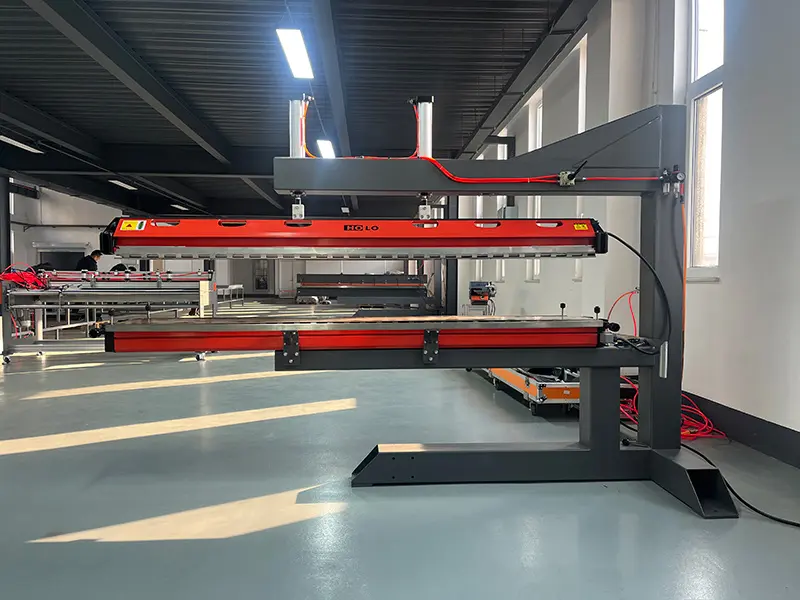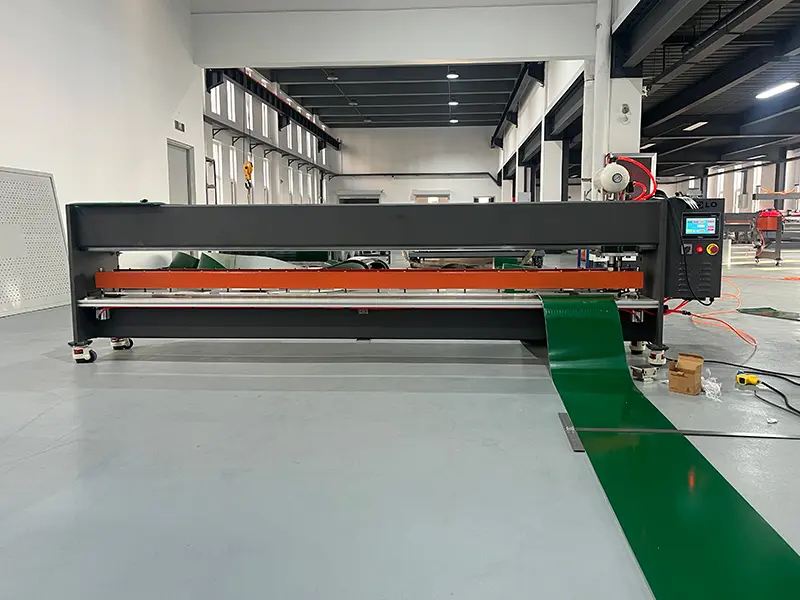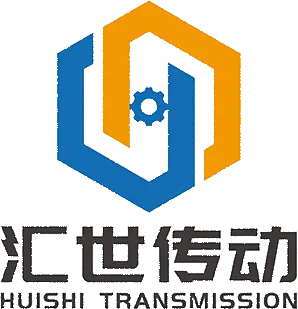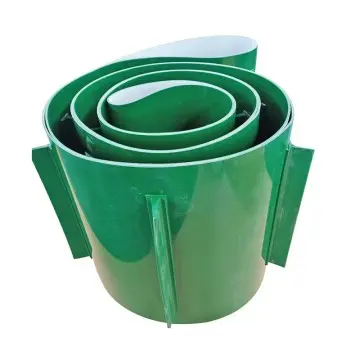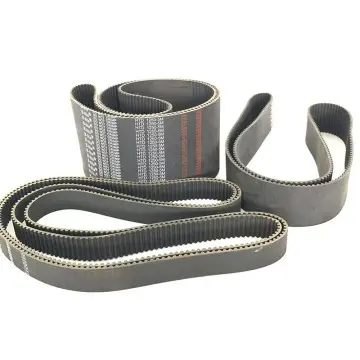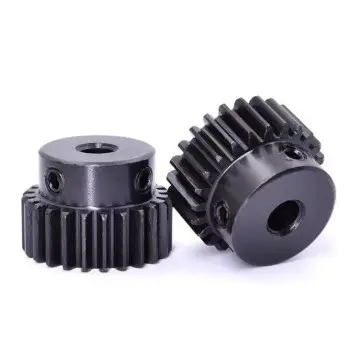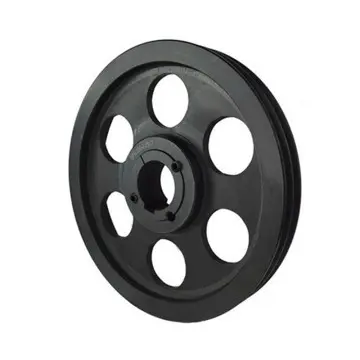 +86-19862000127
+86-19862000127
Conveyor belt used for conveying lightweight products
Conveyor belt
Definition and purpose
Lightweight conveyor belts are mainly used for transporting lightweight materials or small batch production, and are suitable for industries such as food, pharmaceuticals, electronics, tobacco, printing, packaging, and textiles. Its characteristics are thin, soft, light, good elasticity, low elongation, stable operation, long service life, large conveying span, high speed, etc


Material and Structure
The surface material of lightweight conveyor belts is usually PVC or PU material, with a smooth or specific patterned surface. The strong layer is composed of fabrics made of different materials, and the bottom design affects its noise resistance, wear resistance, and adaptability to the supporting structure

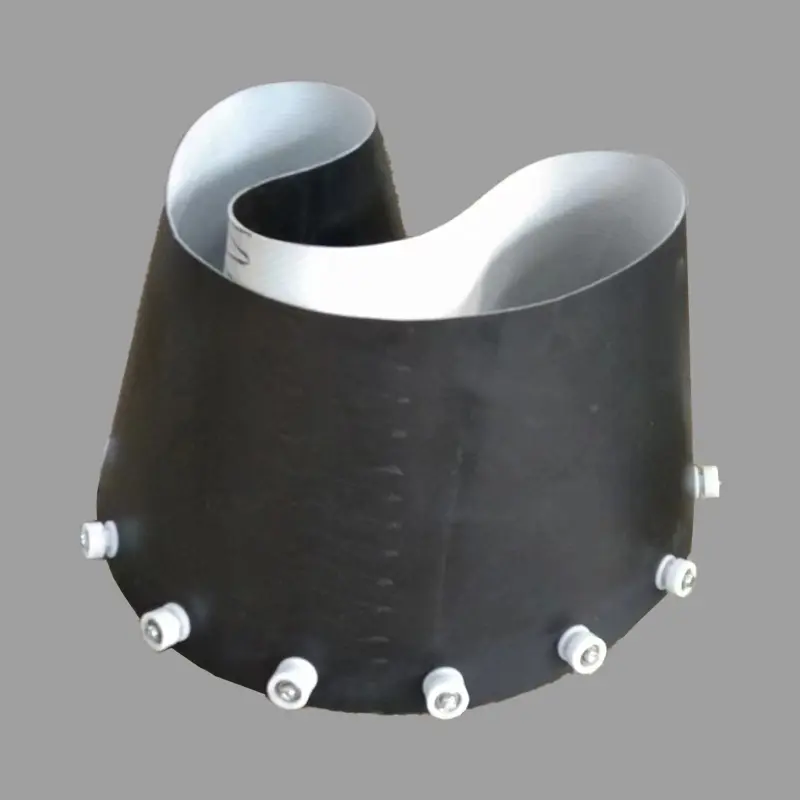
Installation and maintenance
The installation of lightweight conveyor belts is relatively simple and suitable for both overhead and ground layout. During installation, it is necessary to ensure that the head and tail wheels and the driving device are firmly fixed to avoid shaking during operation. In terms of maintenance, regularly check the tension and wear of the conveyor belt, adjust and replace damaged parts in a timely manner, and ensure its long-term stable operation
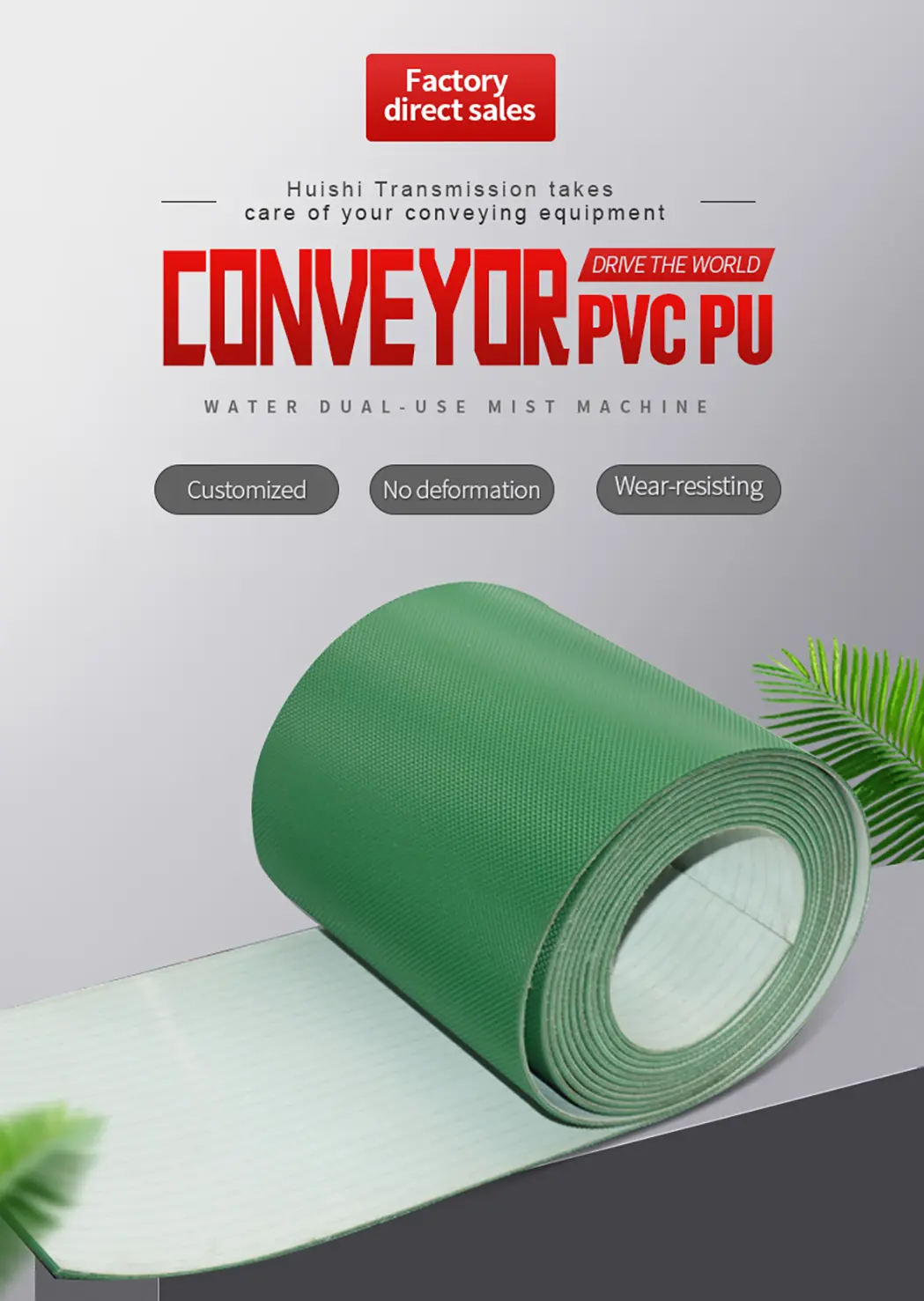

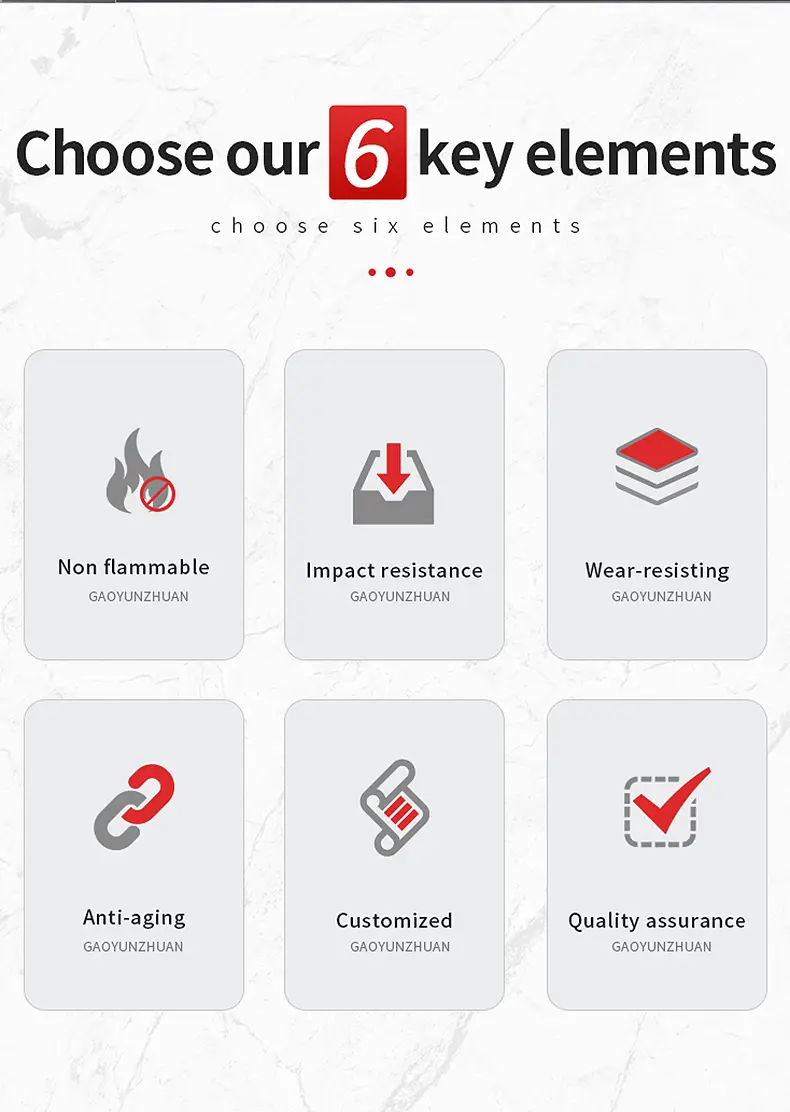



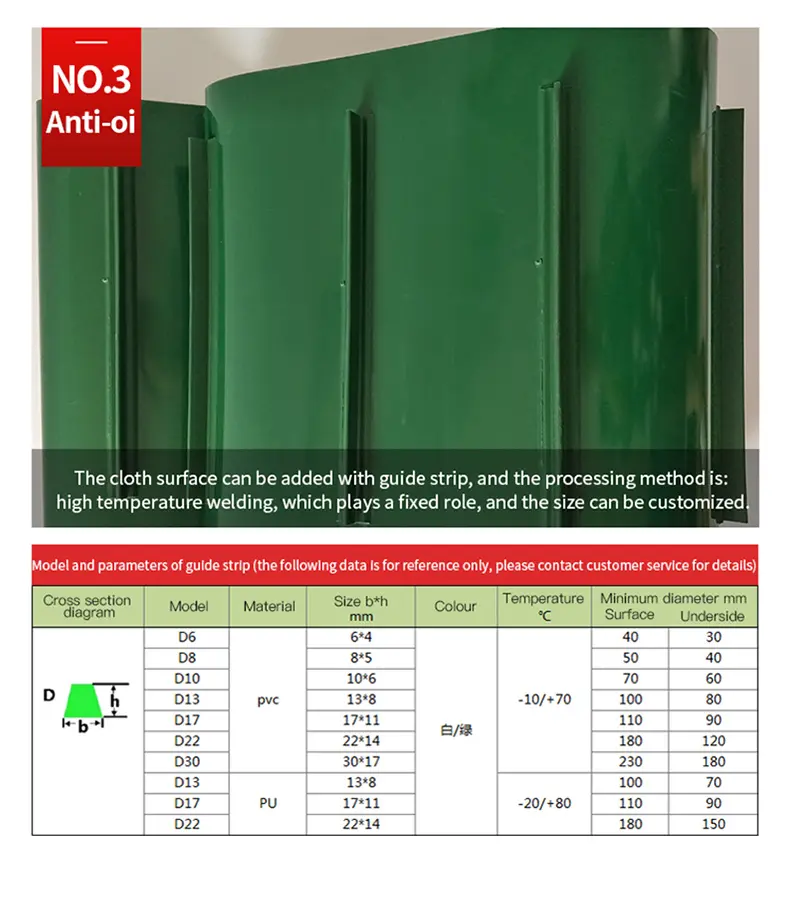


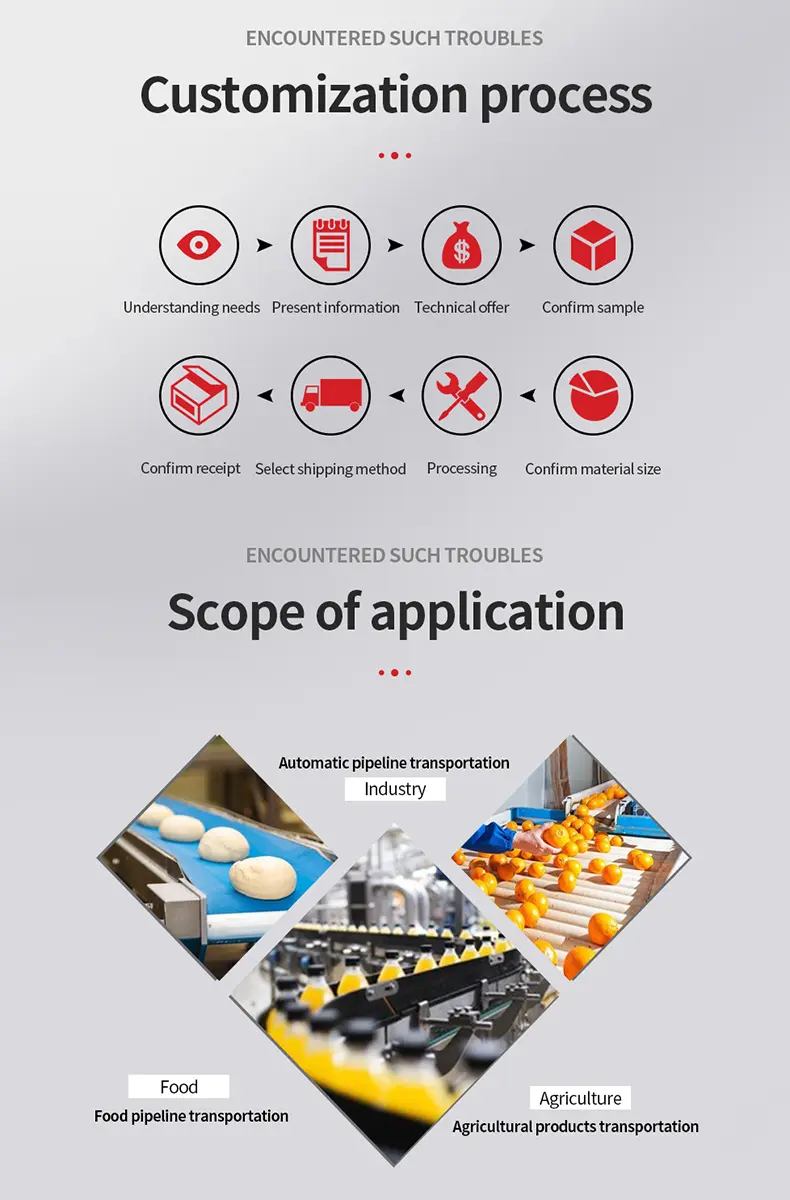



Industry applications of conveyor belts
A conveyor belt is a mechanical device that continuously transports materials and achieves automated handling through cyclic motion.

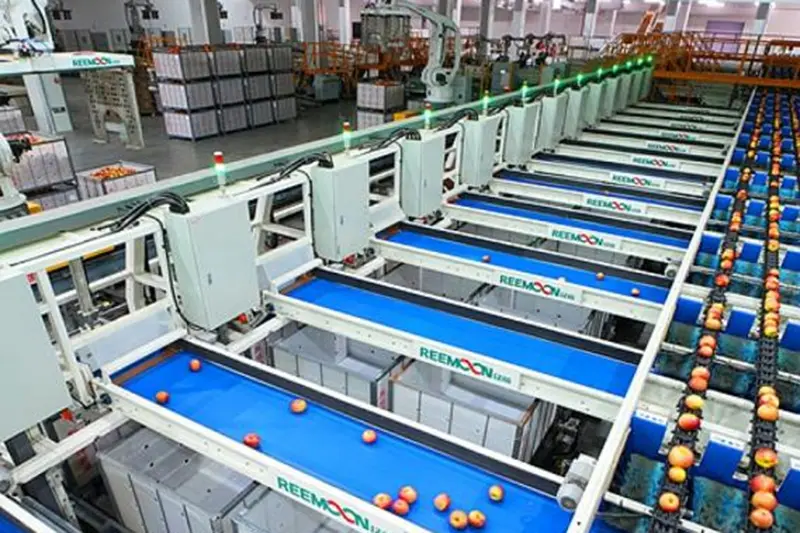
It has the advantages of high efficiency, energy saving, reducing human dependence, and adapting to complex environments such as high temperatures and corrosive environments.
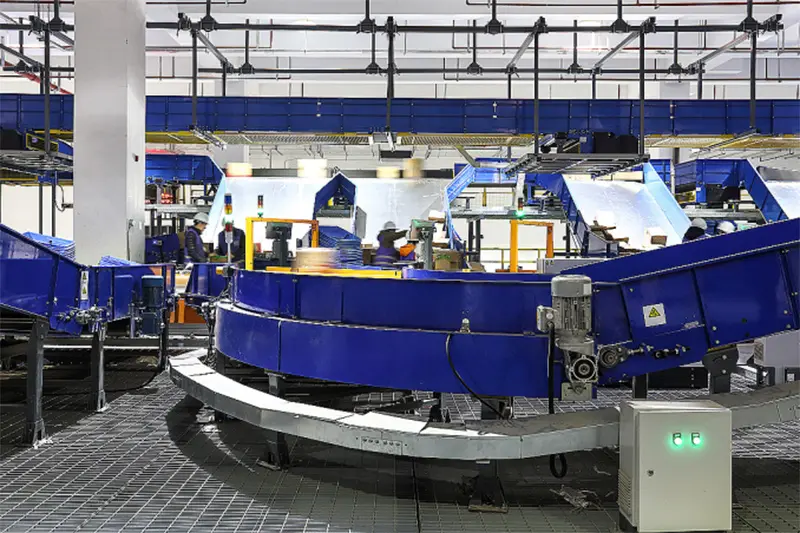
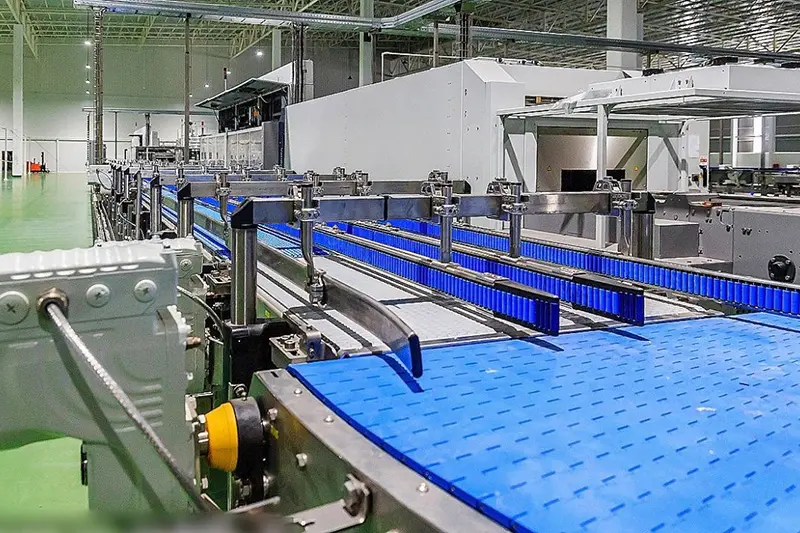
Mainly used in express sorting centers, e-commerce warehouses, port container loading and unloading, food grade materials (such as PU, silicone), easy to clean design, collaborating with robots to complete welding, spraying, assembly, grain drying lines, fruit and vegetable cleaning and sorting, livestock feed delivery and other industries.


Specialized customization can be carried out, combined with 5G and digital twin technology, to promote the development of "unmanned factories".
